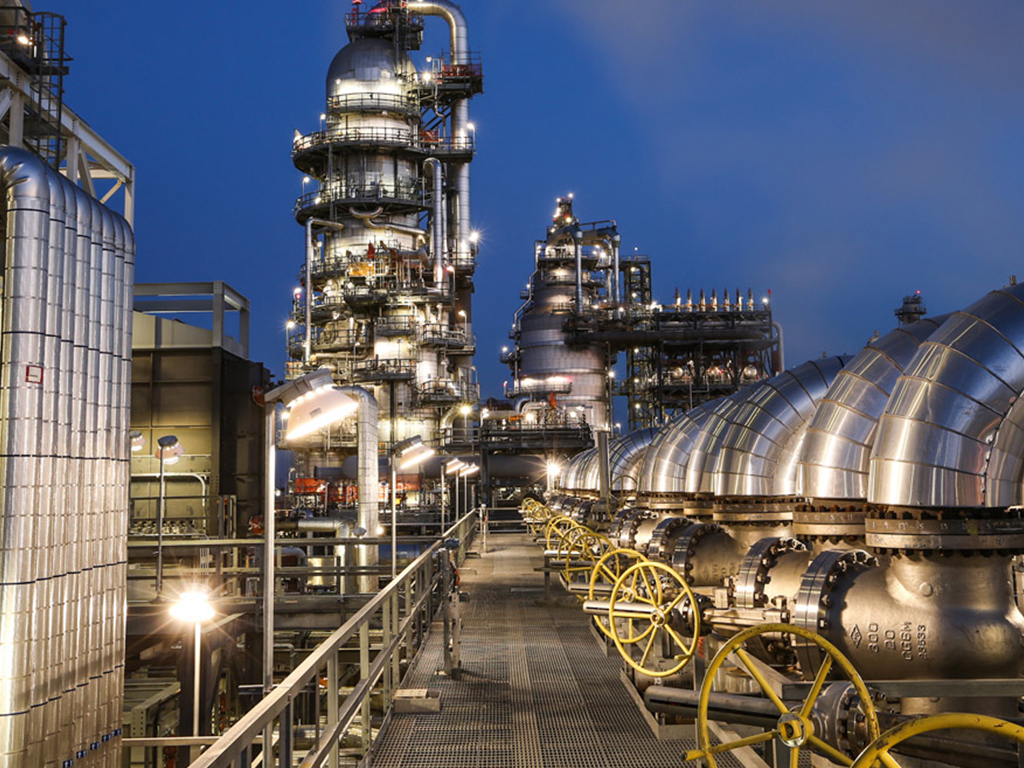Not only because of a rebound in profitability, Pakistan Refinery Limited (PSX: PRL) has growth prospects ahead as it is actively seeking to upgrade. To avail the incentive offered by the budget and under the new refinery policy, upgradation has become inevitable for the existing refineries. PRL has two options to choose from: in addition to contemplating setting up a new refinery, PRL is also looking into acquiring a pre-owned refinery, which is likely to be a cheaper option with less time to develop than setting up a new refinery.

Apart the inherent expansion plans, PRL’s earnings witnessed a recovery primarily due to the company improvising strategy during the pandemic. According to the company, this entailed changing the crude recipe (composition of crude procurement from local and international sources) and operational strategy that got additional revenues as well as lifted existing sales. PRL was able to produce premium products IMO-2020 grade low sulphur Marine Residual Fuel and Euro-II compliant High-Speed Diesel during the period. It also produced MS 92 RON, MS 95 and 97 RON as against the older MS 90 RON, which helped it save on RON differential price adjustment as well as get additional revenue from premium products.

Much of the topline growth for PRL came from the 4QFY21, where revenues climbed by 80 percent year-on-year, taking overall topline growth to 2 percent for FY21. As for the improvement in profitability, it was due to better product mix that tilted towards diesel and petrol; also, the exchange gains and change in pricing policy to fortnightly from monthly helped the PRL turn losses into profits. Exchange gains stemmed from the change in pricing mechanism for petroleum products which enables the refineries to recover some of the exchange losses suffered on crude oil imports through pricing of petrol and diesel. Moderate growth in expenses and increase in other income further supported the operating margins, while decline in finance cost due to lower interest rates during the period lifted net margins in FY21.





















Comments
Comments are closed.